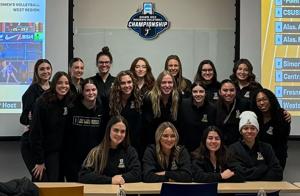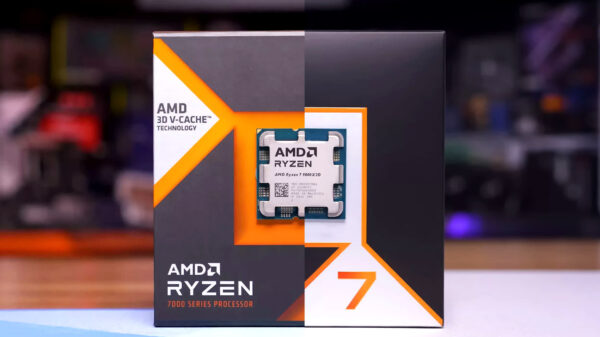A research team at the University of Alberta has identified a significant new role for brain molecules known as gangliosides, revealing potential targets for the treatment of conditions such as Huntington’s disease. Their findings, published in the journal Science Advances, indicate that gangliosides are crucial for the formation and release of extracellular vesicles, which facilitate cell communication and waste disposal.
Principal investigator Simonetta Sipione, a professor of pharmacology, explained, “Our recent study has uncovered a quite unexpected role for these fascinating molecules that are half fat and half sugar.” The research highlights how these molecules contribute to disease processes and may serve as targets for therapeutic intervention. Previous work from Sipione’s lab established a correlation between low levels of gangliosides and symptoms of Huntington’s disease, but the specific functions of these molecules remained unclear.
In earlier studies, the team discovered that restoring a specific ganglioside called GM1 could reverse symptoms of Huntington’s in mice. This genetic disorder affects approximately one in every 7,000 Canadians, leading to a range of physical, mental, and emotional challenges. The condition is caused by the misfolding and accumulation of the mutant huntingtin protein in brain cells, leading to their dysfunction and eventual death.
“Now we know that when gangliosides are low—not just in Huntington’s disease but also in Parkinson’s disease and other hereditary neurodegenerative diseases—the vesicle-mediated cell communication and clearance system doesn’t work properly,” Sipione noted. This malfunctioning system allows harmful proteins, such as the mutant huntingtin, to accumulate, further driving neurodegenerative processes.
Moving forward, Sipione and her team plan to delve deeper into the mechanisms by which gangliosides protect the brain, aiming to explore their potential as restorative therapies for neurodegenerative diseases. “We are still working to understand the full picture of how gangliosides protect the brain and how they might be used as restorative therapies,” she stated. Sipione is collaborating with a biotech company to investigate the feasibility of future clinical trials.
Currently, gangliosides can be synthesized or extracted from the brains of animals used for meat consumption, and while they have been utilized as therapeutic agents in other contexts, they lack approval for use in North America. A significant challenge lies in their delivery; when gangliosides are injected into the bloodstream, only a minimal amount reaches the brain due to the protective blood-brain barrier.
Sipione suggests that alternative delivery methods, such as nanoparticles, nasal sprays, or spinal injections, may be necessary to enhance efficacy. The ongoing research highlights the potential of gangliosides in addressing serious neurological conditions and the promise they hold for future therapies.
For further details, readers can refer to the study by John Monyror et al., titled “Gangliosides modulate the secretion of extracellular vesicles and their misfolded protein cargo,” published in Science Advances in 2025.








































































